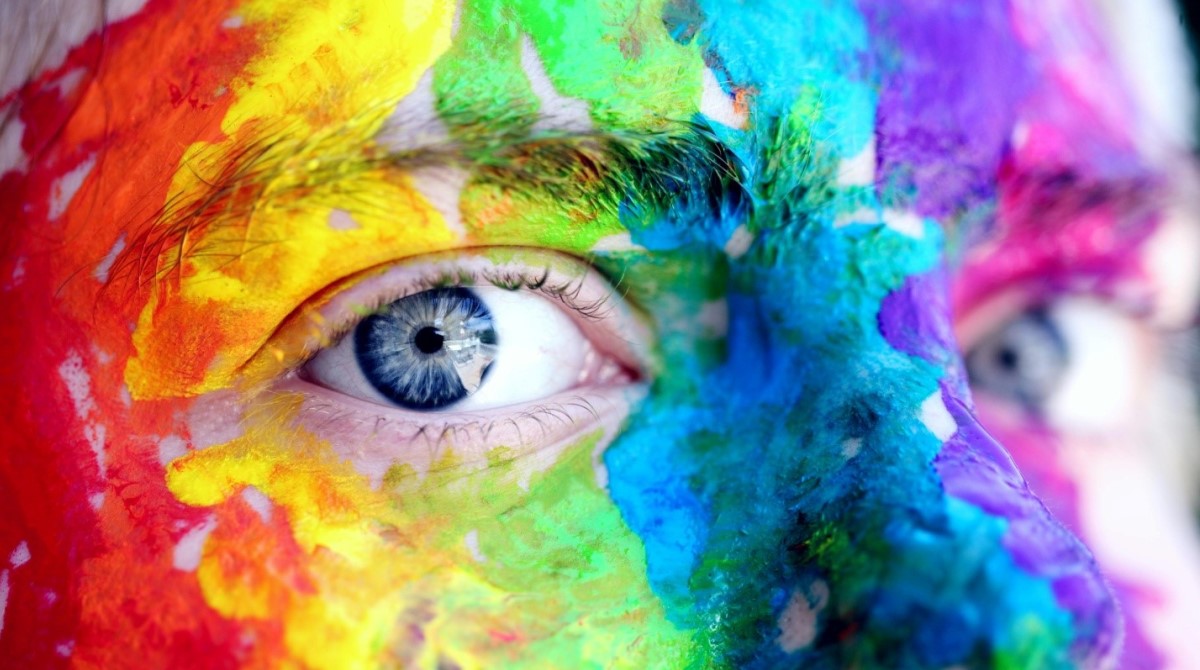
Color Me Happy: Using Color Psychology to Enhance Your Mood
In a world where every hue holds a story, color psychology emerges as a fascinating tool to navigate emotional wellness and mood enhancement. From the calming blues of the ocean to the energizing yellows of the sun, colors have the power to influence our mood, decisions, and even our well-being. "Color Me Happy" is an exploration of how we can harness the power of color psychology to enhance our mood and sprinkle a little extra joy into our daily lives.
The Science of Color Psychology
Color psychology is the study of how colors affect our emotions and behaviors. While personal experiences can influence our reaction to colors, some general trends have been observed. Colors can evoke certain emotions, affect our perception of temperature, and even influence physiological reactions. Let's explore how different colors impact emotional wellness:
- Red: Known for stimulating energy and passion, red can also increase heart rate and create a sense of urgency. Ideal for accents that energize.
- Orange: A blend of red's passion and yellow's joy, orange is often associated with creativity, enthusiasm, and warmth.
- Yellow: Bright and cheerful, yellow can uplift spirits and stimulate mental activity, although overuse can lead to feelings of agitation.
- Green: Symbolizing nature and tranquility, green can reduce stress and promote a sense of balance and renewal.
- Blue: As the color of the sky and sea, blue is calming and can lower blood pressure. It promotes productivity and is thought to stimulate clear thought.
- Purple: Often associated with luxury, wisdom, and spirituality, purple can foster creativity and calm the mind.
- Pink: Known for its calming effect, pink can reduce feelings of aggression and promote peace.
Incorporating Color into Your Daily Life
Understanding the psychological effects of these colors allows you to weave them into the fabric of your daily life, from the design of your living space to your personal wardrobe and beyond. Here are a few tips on how to incorporate these colors:
- Accessorize with Purpose: Choose accessories like journals, phone cases, and even lighting that incorporate these colors to promote the desired emotional and psychological state.
- Wall Colors and Accents: Paint an accent wall or use decorations in these colors to create a specific atmosphere in a room. For instance, a teal or lavender wall can transform a bedroom into a tranquil retreat.
- Wardrobe Selection: Incorporate these colors into your wardrobe for days when you need a boost in a specific area, be it clarity, balance, or energy.
- Find Your Palette: While the general effects of colors are well-documented, personal preference plays a crucial role in their psychological impact. Experiment with colors and pay attention to how different hues make you feel.
Conclusion
The colors surrounding us have a profound ability to influence our mood and well-being. By understanding the psychology behind colors and applying this knowledge in our daily lives, we can create environments that uplift, inspire, and bring us peace. Explore the rainbow of possibilities and harness the power of color to create a happier, healthier you.